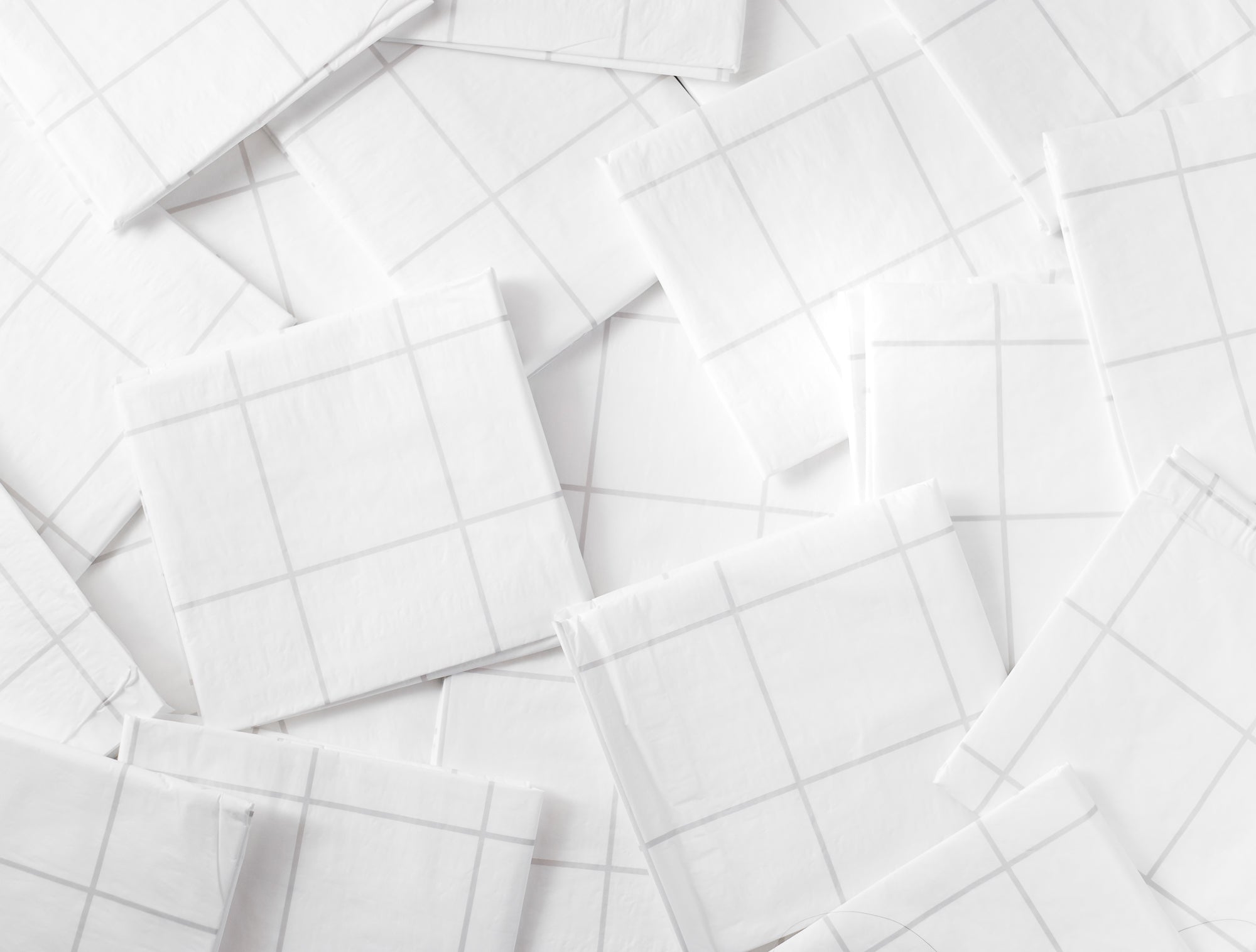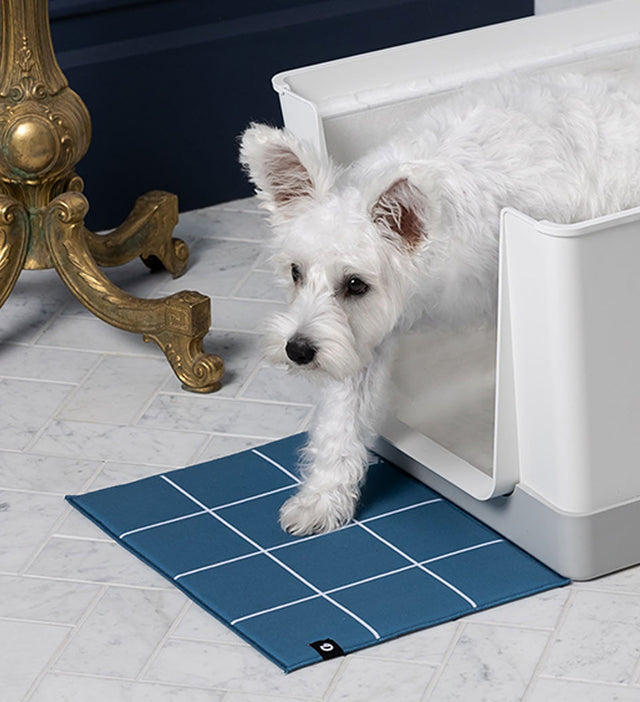Common Mistakes When Using Puppy Pads

Puppy pads are a lifesaver for many pet owners. They offer a convenient solution for potty training puppies. However, using them effectively requires some know-how.
Many pet owners make common mistakes with puppy pads. These errors can hinder your puppy's training progress. Understanding these pitfalls is key to success.
Consistency and quality are crucial when using puppy pads. Choosing the right type and maintaining a routine can make a big difference. It's not just about placing a pad on the floor.
Positive reinforcement and hygiene are also important. Rewarding your puppy and keeping the area clean encourages good habits. With the right approach, puppy pads can be a great training tool.
Why Puppy Pads Are a Popular Choice for Pet Owners
Puppy pads provide convenience during the challenging potty training phase. They help keep your floors clean and free from accidents. This makes them appealing to busy pet owners.
These pads act as a stepping stone to outdoor training. They’re particularly useful in apartments or during bad weather. Many pet owners find them indispensable for these reasons. Some benefits of using puppy pads include:
-
Portable and easy to place anywhere.
-
Useful for elderly dogs with mobility issues.
-
Eco-friendly options available for the environmentally conscious.
Overall, puppy pads make managing a puppy’s early life easier and less stressful.
Mistake #1: Inconsistent Placement of Puppy Pads
Inconsistent placement of puppy pads confuses your puppy. Puppies need consistency to learn effectively. When pads are frequently moved, it disrupts their learning process.
Start by choosing a designated spot in your home for the pads. This location should be easily accessible and away from distractions. Consistent placement helps your puppy know where to go when nature calls. To ensure success, consider these tips:
-
Choose a low-traffic area for pad placement.
-
Keep away from food and water bowls.
-
Use command words when introducing the pad.
Consistency will help reinforce your puppy's learning and boost training success.
Mistake #2: Not Changing Pads Frequently Enough
Leaving used puppy pads too long can cause odor issues. It can also affect your puppy’s health and comfort. Timely changes are crucial for maintaining hygiene and training success.
Think of it like keeping your bathroom clean and fresh. Puppies won’t use a soiled pad effectively. They might look for cleaner spots, leading to accidents elsewhere.
Regularly check and replace the pads to avoid this mistake. Here are some tips:
-
Change pads after each use if possible.
-
Use pads with indicators that show when they're saturated.
-
Look for pads with built-in odor control features.
Maintaining clean, fresh pads encourages your puppy to use them as intended.
Mistake #3: Using Too Many or Too Few Pads
Finding the right number of puppy pads can be tricky. Too many might confuse your puppy. They may not know where to go, leading to accidents around the house.
Using too few puppy pee pads can create missed opportunities for successful potty training. This could lead to frustration for both you and your puppy.
Aim for a balanced approach to achieve success. Consider these tips:
-
Start with one or two pads in a consistent location.
-
Gradually adjust the number based on your puppy’s progress.
-
Monitor behavior to determine if more coverage is needed.
Using the right number of pads helps establish a reliable potty area for your puppy. This can make training more effective and less stressful.
Mistake #4: Skipping Positive Reinforcement
Positive reinforcement is crucial for effective puppy pad training. Ignoring this step can delay your puppy's learning process. Rewarding your puppy when they use the pad correctly encourages repetition of this behavior.
It is important to acknowledge your puppy's achievements promptly. Use treats or praise immediately after they use the pad. Here’s how to integrate positive reinforcement into your routine:
-
Offer a small treat when the pad is used.
-
Use a happy, upbeat tone to praise your puppy.
-
Show consistent excitement to encourage their good behavior.
By celebrating small victories, you motivate your puppy to repeat the desired behavior, leading to faster and more efficient potty training.
Mistake #5: Choosing the Wrong Type or Size of Pad
Selecting the right puppy pad ensures the success of potty training. Misjudging size or quality can lead to inconvenient messes and setbacks. Not all pads are created equal, so choose wisely to meet your puppy's specific needs.
When deciding on a puppy pad, consider:
-
Size: Ensure the pad accommodates your puppy's breed.
-
Absorbency: Opt for pads with high absorbent properties.
-
Durability: A thick, multi-layered pad resists leakage.
Matching the pad to your puppy’s requirements simplifies the training process and minimizes accidents, making it more efficient and enjoyable.
Mistake #6: Ignoring Hygiene and Odor Control
Neglecting hygiene around puppy pads can lead to unpleasant smells and a dirty home environment. This not only affects your living space but can also hinder your puppy's potty training progress. Consistent care is crucial to maintain freshness and cleanliness.
To combat odor and maintain hygiene:
-
Replace Pads Regularly: Change pads as soon as they are soiled.
-
Clean the Area: Wipe down the floor to remove residual odors.
-
Use Deodorizers: Consider using pet-friendly sprays.
These practices ensure a welcoming space for your puppy, encouraging continued use of their designated potty area.
Tips for Successful Puppy Pad Training
Successful puppy pad training sets the foundation for good bathroom habits. Start by establishing a consistent routine that works for you and your puppy. This will help them understand when and where to go.
It's important to monitor your puppy's body language for signs they need to use the pad. Timing is key; take them to the pad after meals, naps, or play. A structured schedule will reinforce their learning process.
Consider these practical tips for effective puppy pad training:
-
Use a Cue: Introduce a word like "potty" when guiding them to the pad.
-
Be Consistent: Place the pads in the same spot every time.
-
Praise Success: Reward with treats or praise when the pad is used correctly.
These methods will promote a positive experience, helping your puppy develop reliable potty habits that last.
Conclusion: Setting Your Puppy Up for Potty Training Success
Training your puppy with pads can be a rewarding experience when done correctly. It requires consistency, patience, and the right tools. By understanding and avoiding common mistakes, you're paving the way for your puppy to develop reliable bathroom habits.
Remember, each puppy is unique, and their pace may vary. Celebrate small successes and stay committed to the training process. With your guidance, your puppy will grow confident and ready to transition smoothly from using pads to outdoor potty breaks. This journey strengthens your bond and creates a happier home.
Recommended Reading
Create a Cozy Dog Den for your New Puppy



